Structural Heart Disease Diagnosis
Structural heart disease diagnosis. Convert I519 to ICD-9-CM. During the exam your doctor may recommend additional testing if he or she detects any symptoms of structural heart disease. Pathological conditions involving the heart including its structural and functional abnormalities.
We take the utmost care. These may include an echocardiogram andor magnetic resonance imaging MRI of the heart a chest X-ray to look at the hearts shape and an electrocardiogram to assess the hearts rhythm. If you were not born with structural heart disease there are several ways in which your doctor can diagnose you.
A magnetic resonance image of coarctation of the aorta. To determine if you have structural heart disease your doctor may recommend multiple tests or screening procedures. Structural heart disease is a problem with the tissues or valves of the heart.
Echocardiographic image of muscular ventricular septal defect C. ICD-10-CM I519 is grouped within Diagnostic Related Groups MS-DRG v 380. Through a physical examination your physician can determine if you have a heart murmur or other signs of the disease such as fluid around the lungs an irregular heartbeat or fluid build-up in your legs or abdomen.
As with all heart conditions early diagnosis and treatment of structural heart disease are essential to overall health. From diagnosis to treatment our team is dedicated to treating all forms of structural heart disease some of which are congenital or present at birth and others that develop with age. Heart palpitations or flutters skipping beats or racing heart.
Diagnosis Tests and Diagnosis of Structural Heart Disease. Many structural heart diseases are congenital con-JEN-it-al which means present at birth. 302 Atherosclerosis with mcc.
These may include an echocardiogram andor magnetic resonance imaging MRI of the heart a chest X-ray to look at the hearts shape and an electrocardiogram to assess the hearts rhythm. In diagnosing for structural heart disease your Wellstar physician will take a careful medical history and perform a physical examination.
ICD-10-CM I519 is grouped within Diagnostic Related Groups MS-DRG v 380.
Through a physical examination your physician can determine if you have a heart murmur or other signs of the disease such as fluid around the lungs an irregular heartbeat or fluid build-up in your legs or abdomen. A magnetic resonance image of a secundum atrial septal defect B. As with all heart conditions early diagnosis and treatment of structural heart disease are essential to overall health. If you were not born with structural heart disease there are several ways in which your doctor can diagnose you. Structural Heart Disease Program. Structural heart disease refers to heart disease that is acquired through wear and tear or heart disease that people are born with. Convert I519 to ICD-9-CM. A magnetic resonance image of coarctation of the aorta. 1 Experience in the detection of fetal structural heart disease of an individual obstetric ultrasonographer will necessarily therefore be limited.
A magnetic resonance image of a secundum atrial septal defect B. Your doctor will also ask you about family history your own. Many structural heart diseases are congenital con-JEN-it-al which means present at birth. Structural Heart The Journal of the Heart Team Publishes international research on the diagnosis and treatment of diseases of the heart valves myocardium great vessels and congenital heart disease. Convert I519 to ICD-9-CM. Heart palpitations or flutters skipping beats or racing heart. Some structural heart disease will develop later in life.

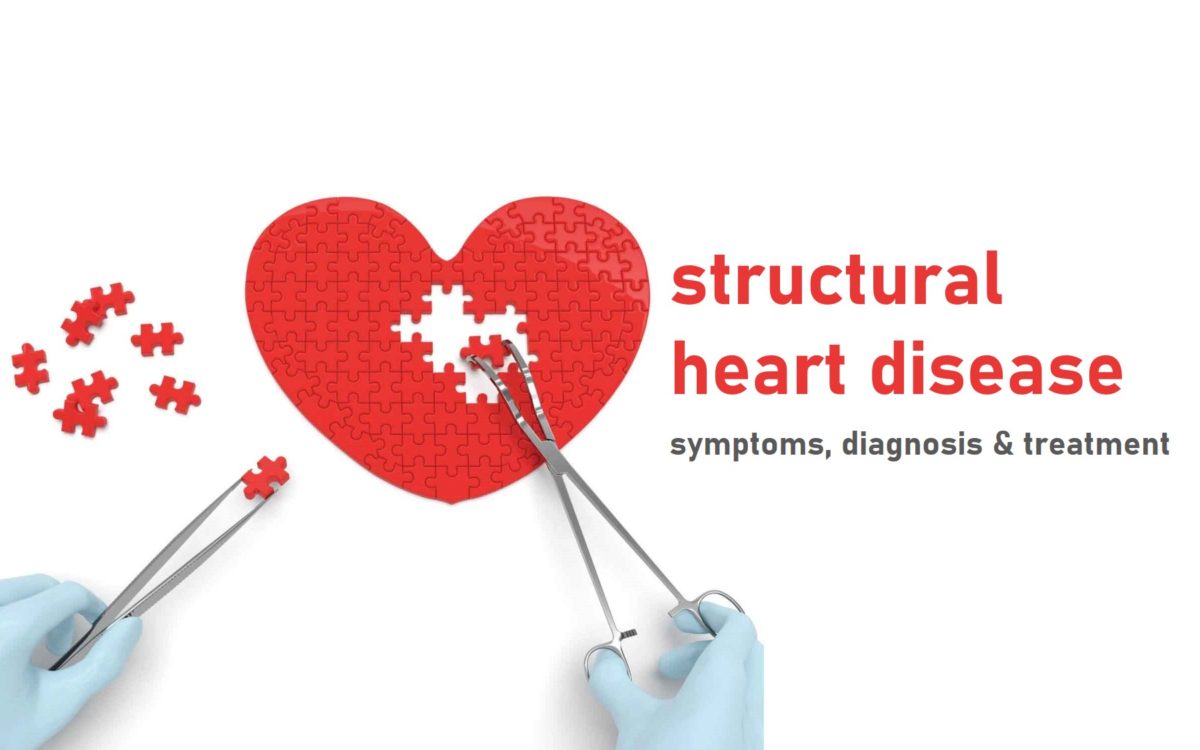






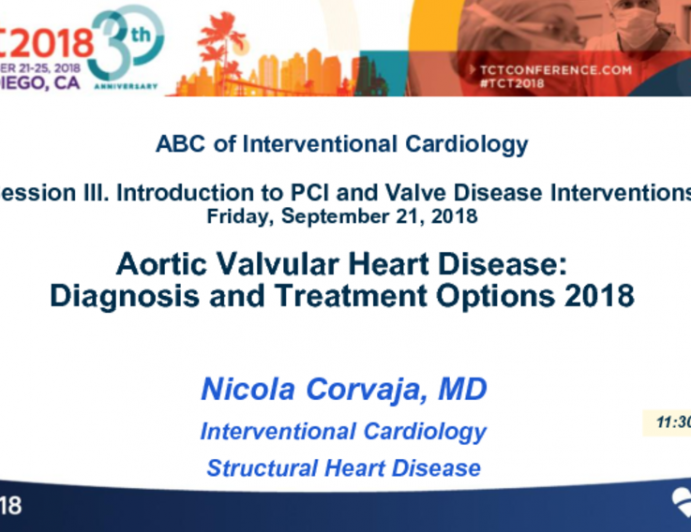








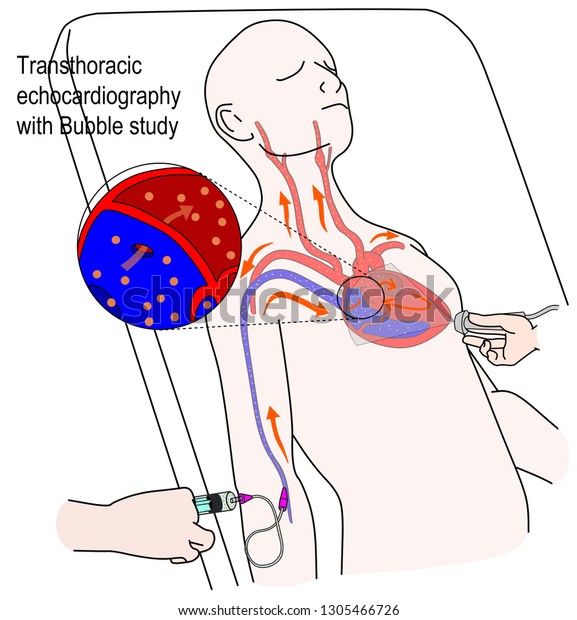
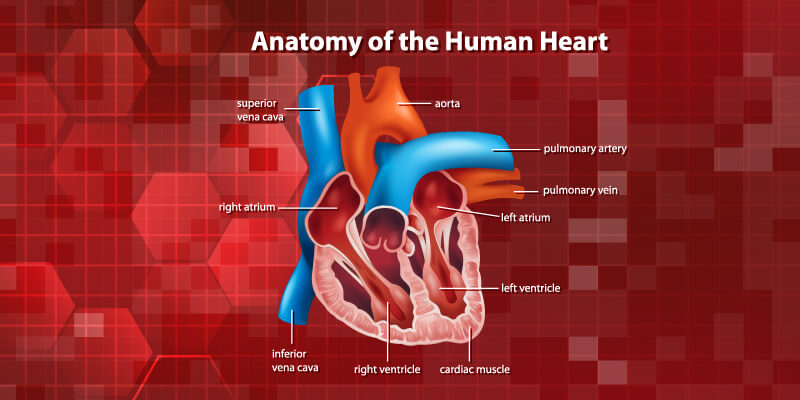
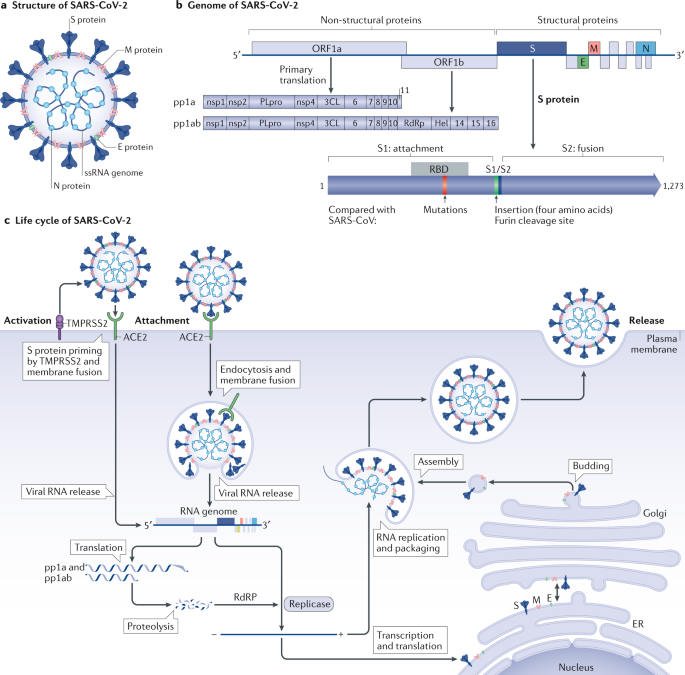


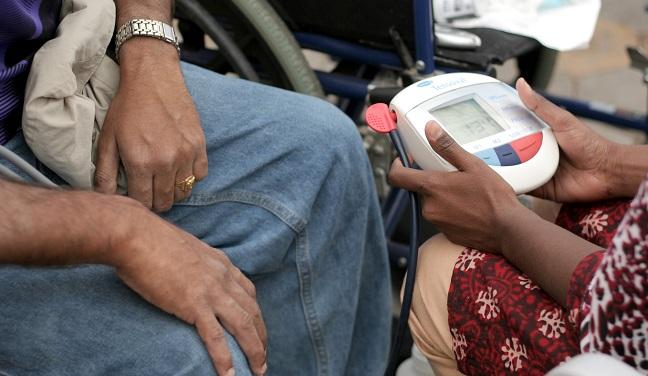







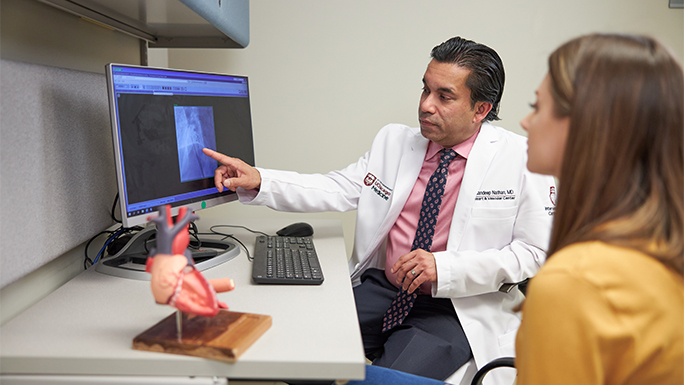


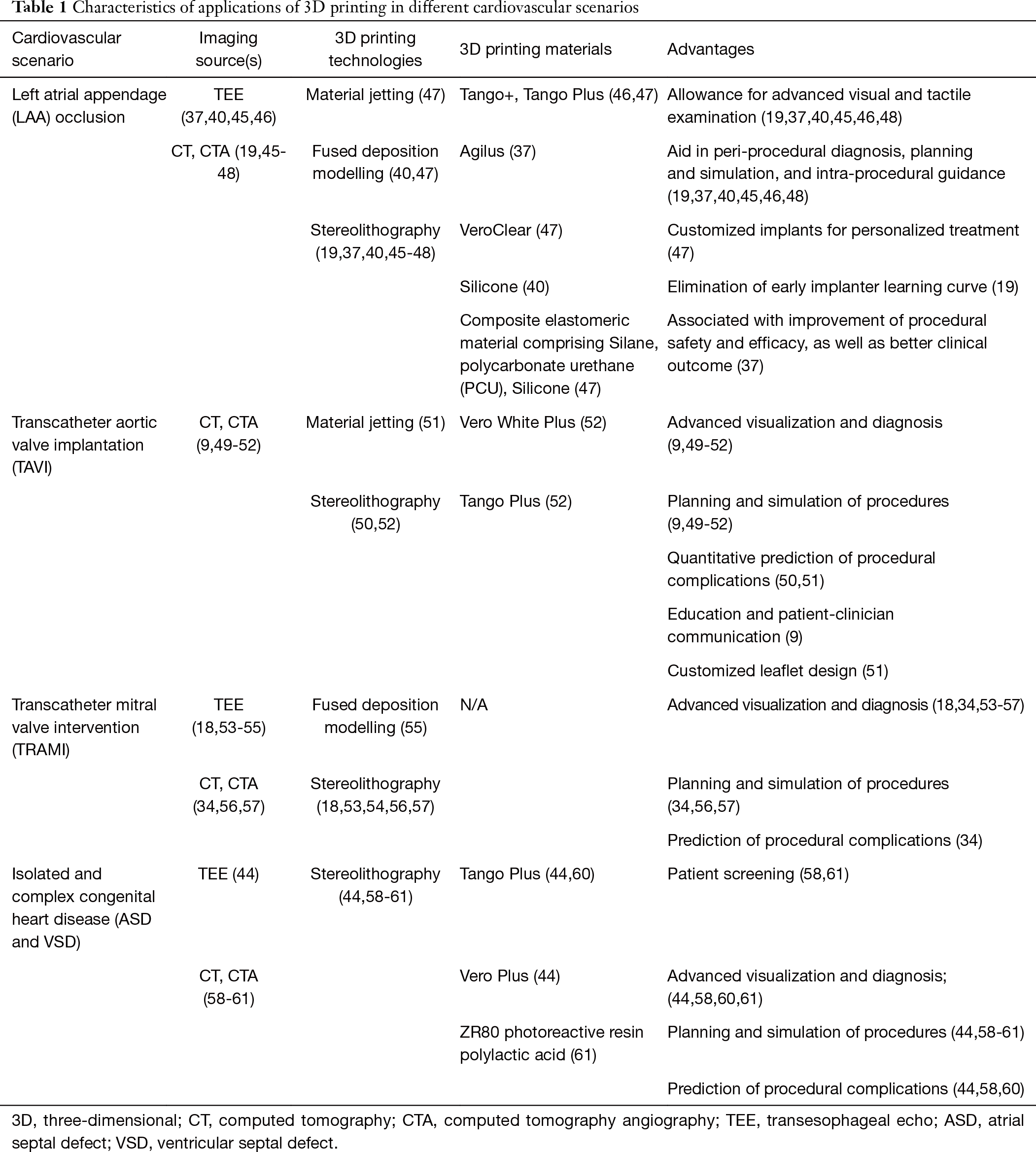











Post a Comment for "Structural Heart Disease Diagnosis"